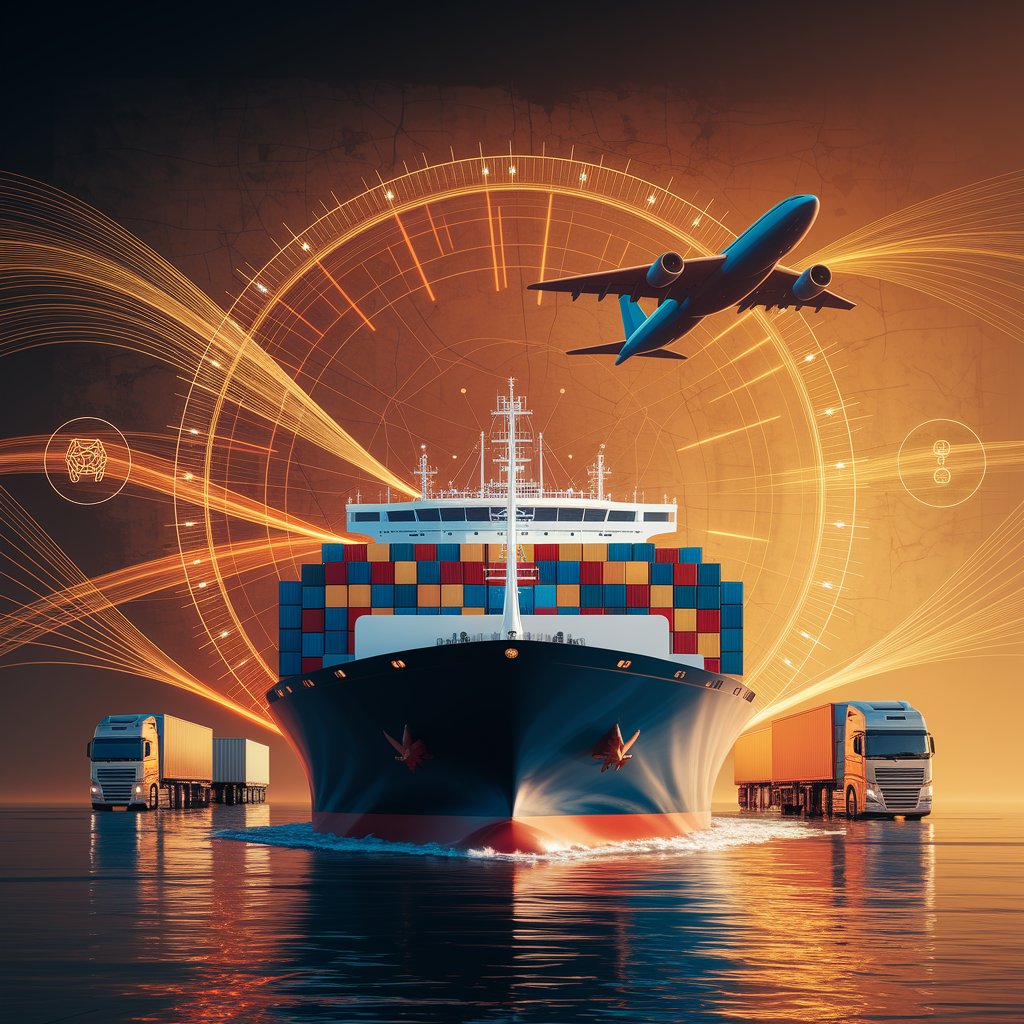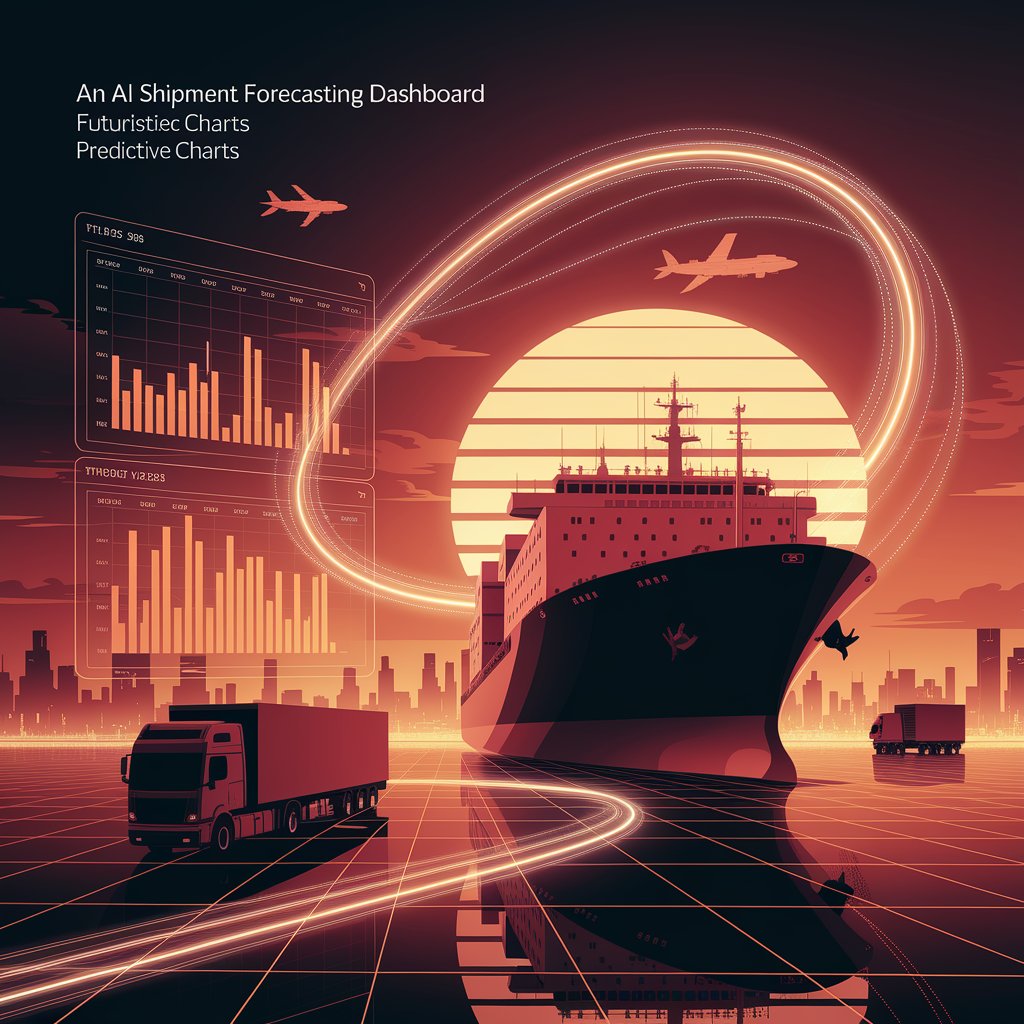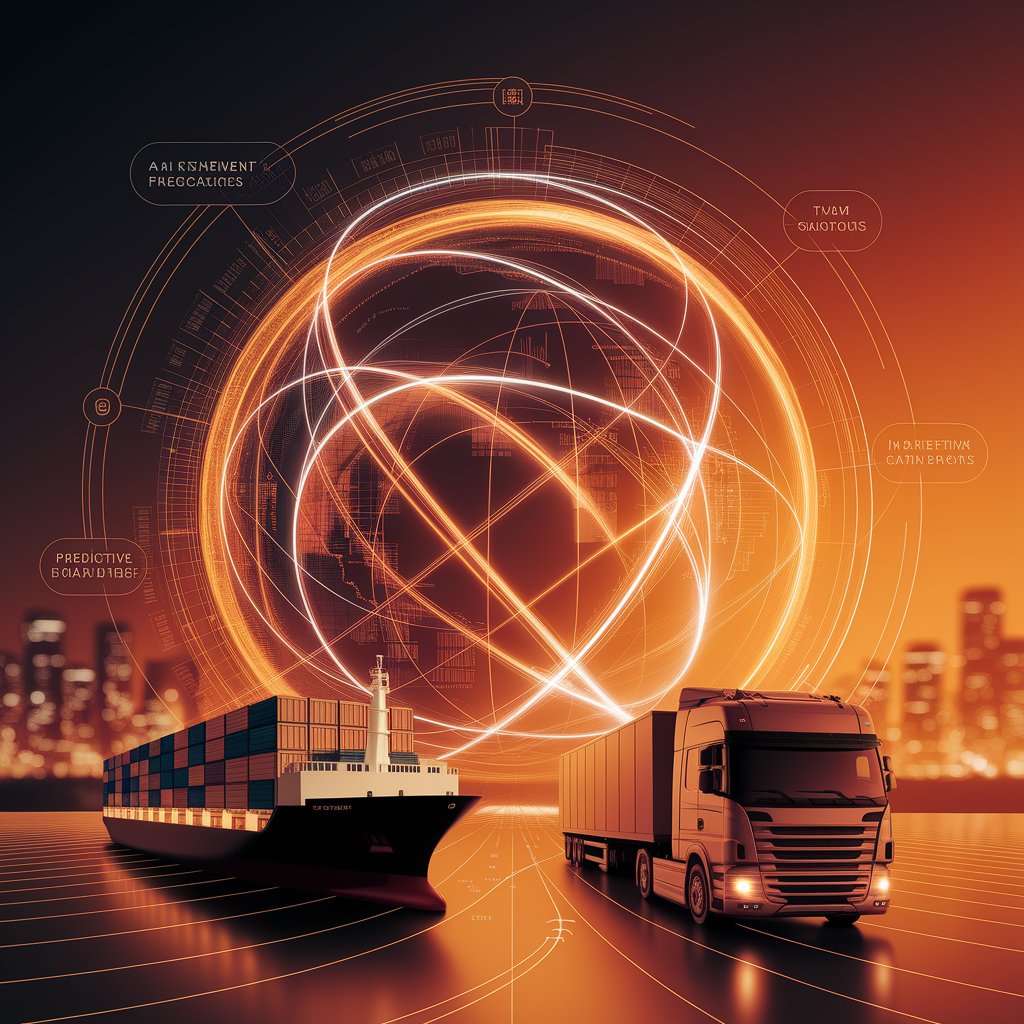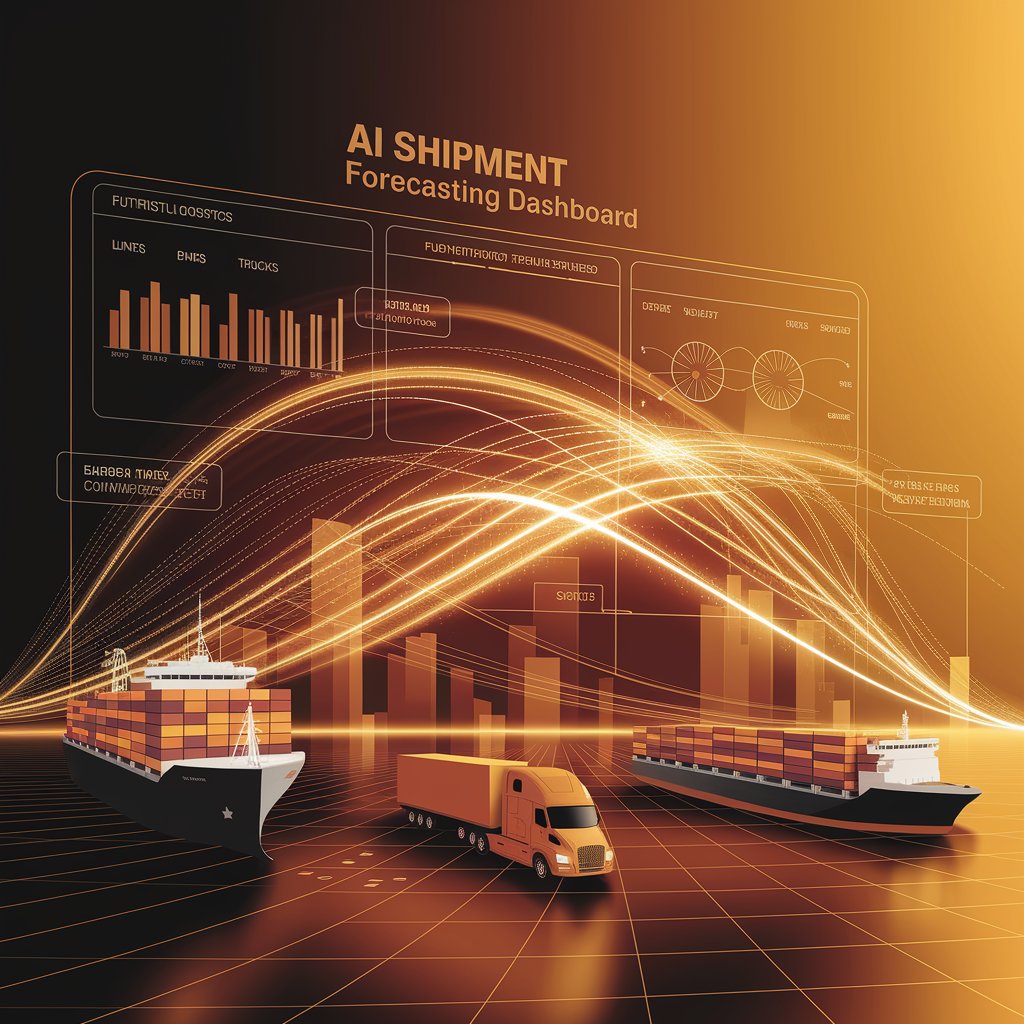AI Shipment Forecasting: Predicting Demand for Smarter Logistics

Introduction
This is where AI shipment forecasting changes the game. By analyzing historical data, market signals, and real-time patterns, artificial intelligence can predict future shipment demand with greater accuracy—helping logistics providers plan ahead, reduce risks, and improve customer service.
What Is AI Shipment Forecasting?
AI shipment forecasting is the use of machine learning and predictive analytics to estimate future shipment volumes and patterns. It combines internal company data (past shipments, capacity usage, lead times) with external data (market conditions, fuel prices, customer behavior, and global events).
This results in forecasts that are more reliable and adaptive, giving logistics providers a clearer view of what’s coming.

Key Features of AI Shipment Forecasting
- Demand Prediction: Anticipates spikes and drops in shipment volumes.
- Seasonal Analysis: Detects recurring patterns such as holiday surges.
- Real-Time Updates: Adjusts forecasts based on live market changes.
- Capacity Alignment: Matches available assets to predicted demand.
- Scenario Simulation: Tests how disruptions may impact shipment needs.
Benefits for Logistics Providers
- Operational Efficiency: Prepare fleets, staff, and warehouses for upcoming demand.
- Cost Savings: Avoid overcapacity or undercapacity costs.
- Customer Satisfaction: Deliver accurate ETAs and reliable service.
- Risk Reduction: Anticipate disruptions and adjust proactively.
- Revenue Growth: Win more contracts by planning for customer needs in advance.

Real-World Applications
- Freight Forwarders: Use AI forecasts to secure space with carriers early.
- Carriers: Plan routes and schedules aligned with demand predictions.
- 3PL Providers: Provide clients with predictive demand insights.
- Retail and E-commerce: Prepare for seasonal peaks and sales events.
- Pharma Logistics: Forecast demand for temperature-controlled capacity.
The Future of AI Shipment Forecasting
The future of AI shipment forecasting will integrate digital twins, blockchain, and IoT data. Digital twins will simulate logistics networks, blockchain will secure shared forecasts across partners, and IoT will feed live cargo conditions into predictive models. Together, these advancements will create self-optimizing supply chains that can forecast and adapt in real time.

Conclusion
AI shipment forecasting is revolutionizing logistics by transforming raw data into predictive insights. By forecasting demand, reducing risks, and aligning resources, it empowers companies to stay ahead of market volatility. For logistics providers aiming to deliver reliable, efficient, and future-ready services, AI-driven forecasting is no longer optional—it is the strategic key to success.
